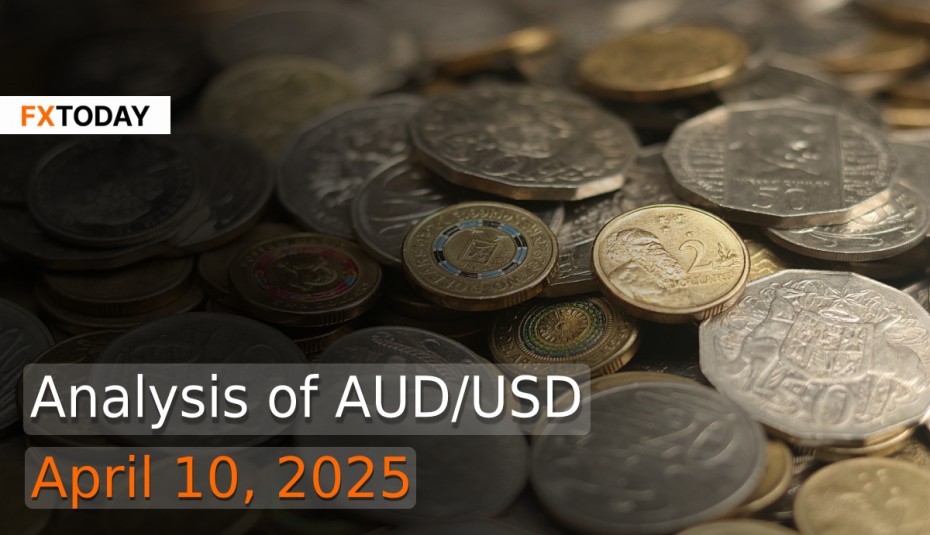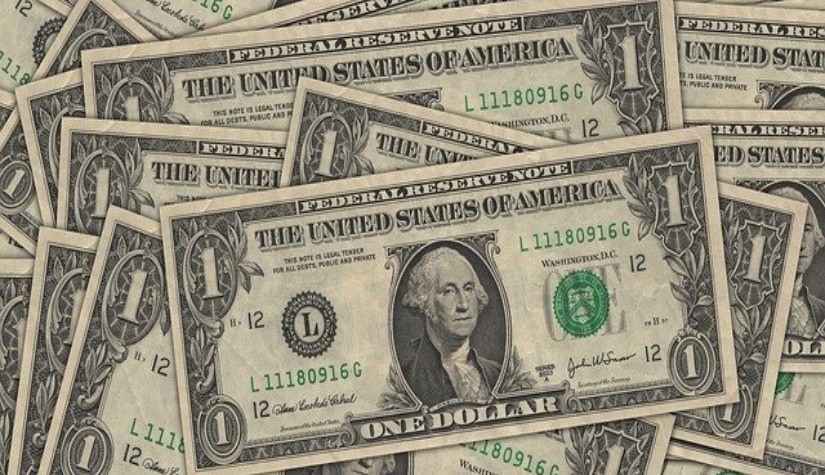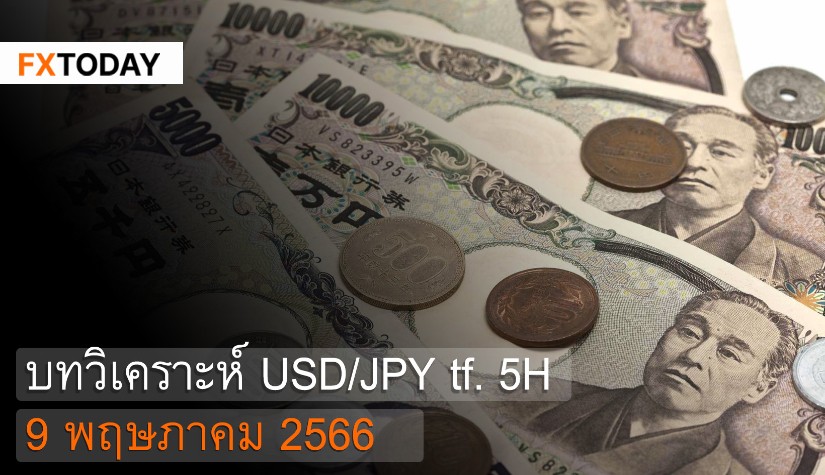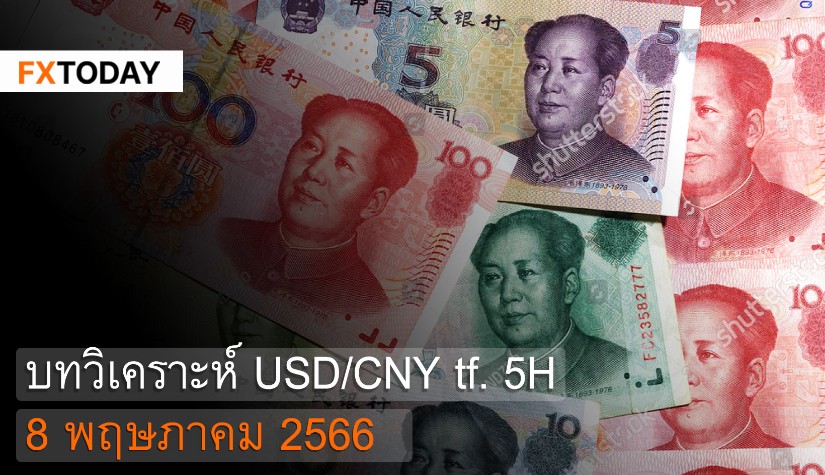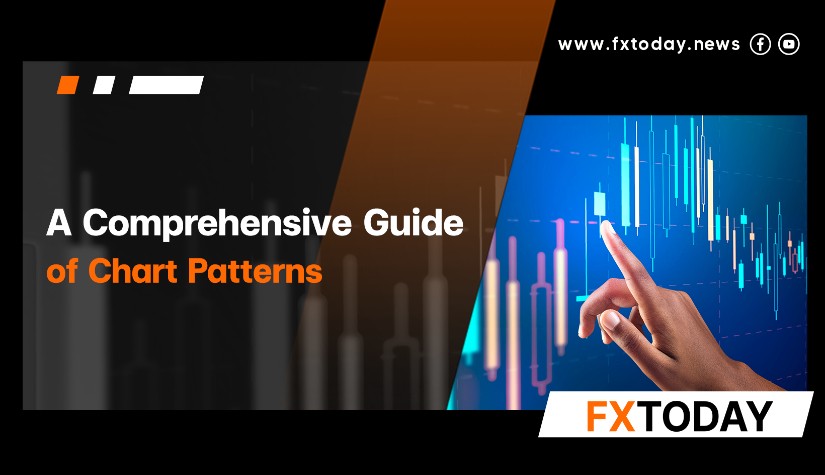Australia Faces Economic Strain Amid Rising Global Trade Tensions
Australia is grappling with the fallout from intensifying global trade tensions, particularly the tariff-driven trade war initiated by U.S. President Donald Trump. While the risk-sensitive Australian dollars initially dipped, they rebounded alongside global equities. Still, concerns over China’s economic slowdown—Australia’s largest trading partner—have pressured the Aussie dollar.
Treasurer Jim Chalmers acknowledged that although Australia can manage the direct effects of U.S. tariffs, the broader global economic slowdown is expected to weigh on growth and raise inflation domestically. Treasury estimates show a 0.1% hit to GDP and a 0.2 percentage point rise in inflation this year due to the trade war.
Chalmers emphasized that while Australia still expects economic growth to continue, the Reserve Bank of Australia (RBA) may be prompted to cut interest rates, with markets pricing in up to four rate cuts this year and a potential 50-basis-point cut in May. This outlook follows recent signs of strain: Australian shares have slumped, trade surpluses have narrowed, and consumer sentiment has weakened sharply.
Amid these challenges, Australia has rejected a Chinese proposal to unite against U.S. tariffs, instead reaffirming its commitment to trade diversification. Deputy Prime Minister Richard Marles stressed that Australia will prioritize national interests by expanding ties with regions such as the EU, India, and the Middle East.
Adding to domestic concerns, the nation’s trade balance fell to a four-year low in February due to declining exports—particularly in key commodities like gold and coal—and rising imports of consumer and capital goods. Despite modest gains in household spending, overall consumer demand remains constrained by cost-of-living pressures.
Business confidence, already below average in March, is expected to weaken further as the effects of new tariffs unfold. Consumer sentiment dropped 6% in April to a six-month low, with Westpac noting a stark 10% plunge in post-announcement responses.
As policymakers brace for further global turbulence, attention turns to the RBA’s upcoming May policy meeting. Analysts widely expect further monetary easing to cushion the economy against external shocks and sustain fragile domestic demand.
The U.S. dollar initially weakened but rebounded against safe-haven currencies like the yen and Swiss franc after President Donald Trump unexpectedly announced a 90-day pause on many new tariffs, though he simultaneously escalated tensions with China by increasing tariffs on Chinese goods from 104% to 125%. The move came as reciprocal tariffs—up to 46% for countries like Vietnam, Japan, and the EU—took effect worldwide, triggering significant market volatility and raising concerns about global economic stability. China retaliated with an 84% tariff on U.S. goods, intensifying the trade conflict.
President Trump stated the pause was part of a broader strategy to encourage negotiations, claiming over 75 countries had reached out to discuss trade terms. Treasury Secretary Scott Bessent echoed this, asserting the pause was always part of the plan to gain leverage. However, markets viewed the reversal as a reaction to rising fears of a recession, market turbulence, and a potential financial crisis. Analysts noted a growing lack of confidence in U.S. trade policy, driven by Trump’s erratic decisions and escalating protectionist measures.
The conflicting tariff messages also spurred volatility in the Treasury market, where bond yields spiked amid heavy selling. Analysts warned the situation was beginning to resemble the COVID-era "Dash for Cash," and even suggested the Federal Reserve might soon intervene to stabilize bond markets. Meanwhile, consumer inflation pressures rose as higher import costs began to trickle into prices. The CPI likely increased only slightly in March, but inflation risks remain tilted to the upside due to Trump's tariff hikes.
Federal Reserve policymakers, already operating in an environment of elevated uncertainty, expressed concern in their March meeting minutes about the dual threat of higher inflation and slower growth. The Fed remains cautious about cutting interest rates too quickly, emphasizing the need for clarity on the administration’s policy direction. The FOMC held rates steady at 5.25–5.50%, maintaining a projection for two rate cuts this year, while noting potential "difficult tradeoffs" if inflation persists while growth weakens.
Adding to the complexity, the Fed also slowed the pace of its balance sheet runoff, citing liquidity concerns tied to the debt ceiling and broader market uncertainty. Although the near-halt in quantitative tightening had broad support, internal divisions within the Fed hinted at deeper unease over the rapidly shifting fiscal landscape.
Given the intensifying global trade tensions, especially between the U.S. and China, the Australian dollar (AUD) is likely to remain under pressure. The conflicting monetary trajectories and persistent geopolitical risks point to a volatile outlook for AUD/USD, with short-term downside risks toward 0.58 if macro headwinds intensify.
Data for Technical Analysis (1D) CFD AUD/USD
Resistance : 0.6175, 0.6238, 0.6338
Support : 0.5975, 0.5912, 0.5812
1D Outlook
Source: TradingView
Buy/Long 1 If the support at the price range 0.5925 - 0.5975 is touched, but the support at 0.5975 cannot be broken, the TP may be set around 0.6236 and the SL around 0.5900, or up to the risk appetite.
Buy/Long 2 If the resistance can be broken at the price range of 0.6175 - 0.6225, TP may be set around 0.6499 and SL around 0.5955, or up to the risk appetite.
Sell/Short 1 If the resistance at the price range 0.6175 - 0.6225 is touched, but the resistance at 0.6175 cannot be broken, the TP may be set around 0.5973 and the SL around 0.6250, or up to the risk appetite.
Sell/Short 2 If the support can be broken at the price range of 0.5925 - 0.5975, TP may be set around 0.5710 and SL around 0.6200, or up to the risk appetite.
Pivot Points Apr 10, 2025 09:21AM GMT
|
Name
|
S3
|
S2
|
S1
|
Pivot Points
|
R1
|
R2
|
R3
|
|---|---|---|---|---|---|---|---|
| Classic | 0.571 | 0.5812 | 0.5973 | 0.6075 | 0.6236 | 0.6338 | 0.6499 |
| Fibonacci | 0.5812 | 0.5912 | 0.5975 | 0.6075 | 0.6175 | 0.6238 | 0.6338 |
| Camarilla | 0.6061 | 0.6085 | 0.6109 | 0.6075 | 0.6157 | 0.6181 | 0.6205 |
| Woodie's | 0.5738 | 0.5826 | 0.6001 | 0.6089 | 0.6264 | 0.6352 | 0.6527 |
| DeMark's | - | - | 0.6024 | 0.61 | 0.6286 | - | - |
Sources: Investing 1, Investing 2

